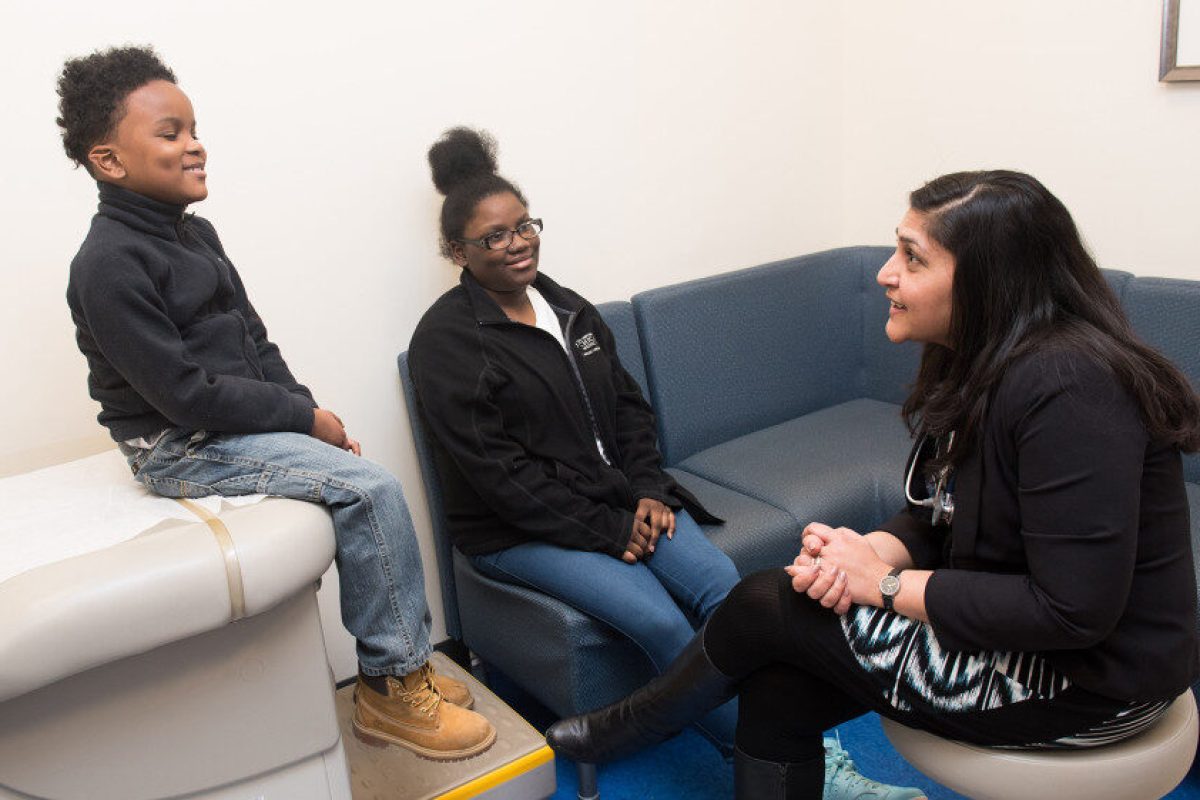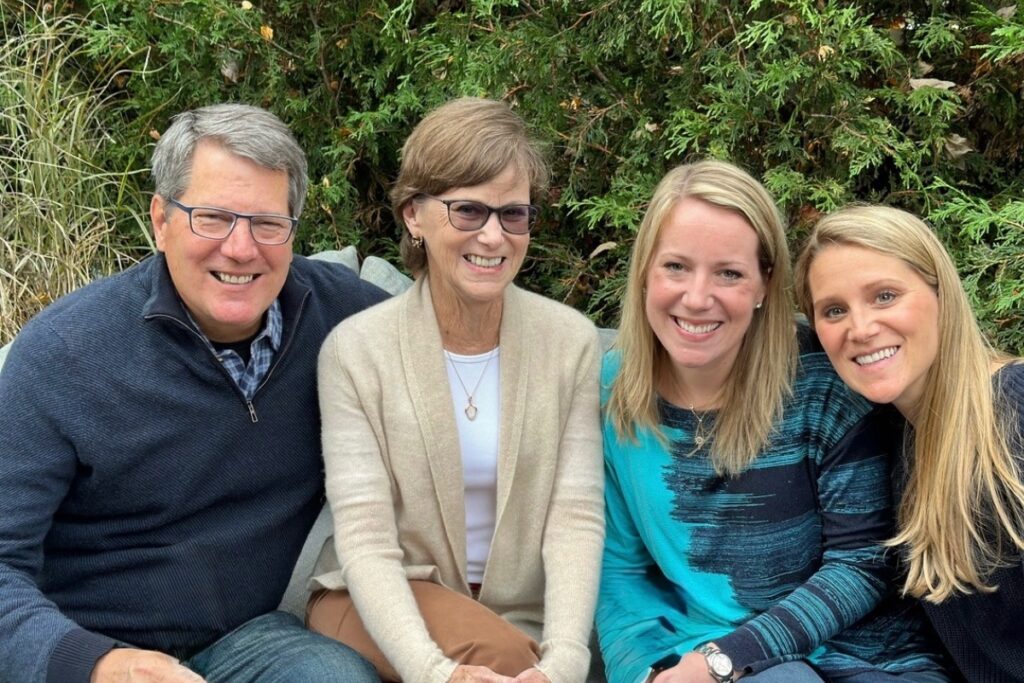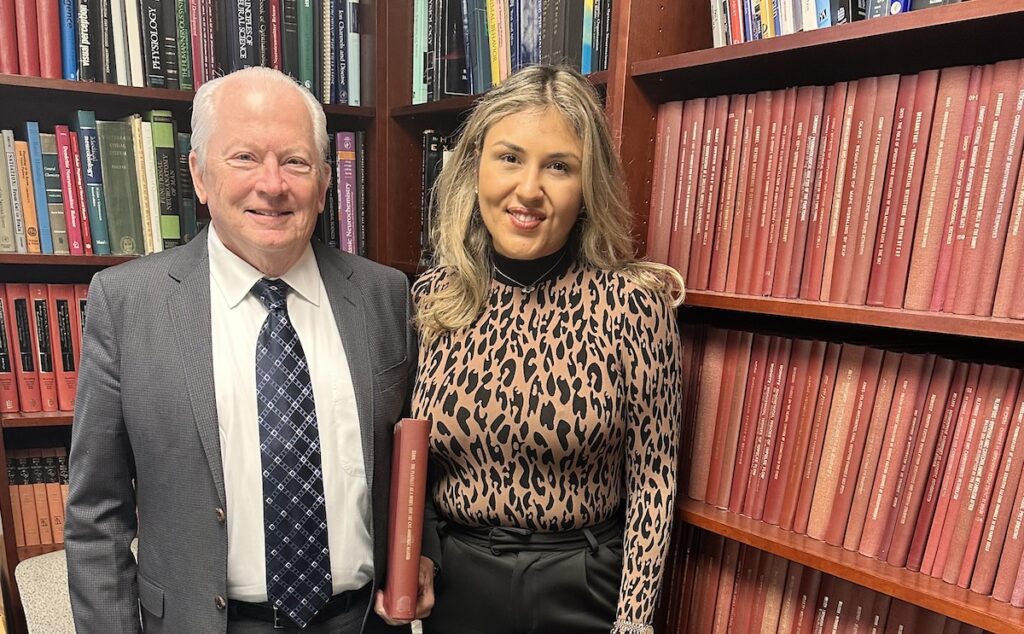An 18-year-old Black male in excruciating pain enters an emergency department on Chicago’s South Side. He shares with the staff that he needs high-dose pain medication to alleviate his discomfort.
This teen is living with sickle cell disease (SCD), an inherited, life-threatening blood disorder in which abnormal, crescent or “sickle”-shaped red blood cells become rigid and sticky, clogging small blood vessels and causing severe pain.
In the US, about 100,000 people, predominately African Americans, have sickle cell disease. The same blood cell mutation that causes SCD is protective against malaria, which is endemic in African countries. The trait is also found in other malarial regions of the world, such as Central and South America, the Caribbean, and the Mediterranean. The protective effect for one disease has allowed another, SCD, to flourish.
“Pain is the hallmark of sickle cell disease and the most common reason SCD patients come into the emergency room,” said Radhika Peddinti, MD, clinical director of the sickle cell disease program, who treats young patients with the disease at the University of Chicago Medicine Comer Children’s Hospital.
In addition to pain, there are several other complications from SCD, including anemia, stroke, kidney problems, vision loss, and infection. Medication and self-care can help prevent or alleviate many of these complications. Since SCD is usually diagnosed in infants at birth, managing the disease is a lifetime endeavor for most people with SCD.
Managing SCD can be especially challenging for those who are under- or uninsured, or living in poverty.
“Many of our patient families experience social factors that affect health, such as food insecurity and living below the federal poverty line, which may make taking medications to manage the disease every day not their top priority,” Dr. Peddinti said. “Instead, the focus is on meeting basic needs like working an hourly wage job and getting food on the table.”
A $255,000 gift from the Belvedere Cares Foundation, a foundation of the Chicago-based trading firm, Belvedere Trading, will support the hiring of a community health worker—a trusted ambassador based in the community.
The community health worker will help adolescent SCD patients at Comer Children’s access appropriate care and manage their medication and therapeutic regimens. This will include setting goals, tracking symptoms, helping to manage insurance, scheduling medical appointments, and connecting families with resources to help with housing, employment, or nutrition support. In other diseases, such as asthma, hypertension, heart disease, and diabetes, community health workers’ support helped improve outcomes, which is Dr. Peddinti’s goal for her patients.
The new community health worker will focus on working with patients between ages 16 to 25 who experience frequent pain crises since these patients account for the greatest share of emergency department visits among SCD patients.
This group of patients also face unique challenges, such as potentially aging out of children’s public health insurance programs and needing to become self-reliant in managing their disease as they transition to adulthood. Since this group comprises predominantly Black young people, they may also be reticent to seek care as a result of experiences with racism.
As described in a recent article in the New England Journal of Medicine, sickle cell disease is considered one of the starkest examples of racial healthcare disparities. Comparing SCD to cystic fibrosis, an inherited disease that mainly affects White people, the authors note that cystic fibrosis affects one-third fewer Americans than SCD yet receives 7 to 11 times the research funding per patient.
These racial disparities play out in the day-to-day lives of Peddinti’s patients. When an 18-year-old African American male experiencing a SCD pain crisis walks into the emergency department and asks for 8 milligrams of morphine—a recommended dose for his condition —healthcare professionals may leap to the conclusion that the adolescent is drug-seeking, Peddinti said.
“As soon as SCD patients walk in, they can be subject to implicit bias and distrust,” she said. To help support her patients, Peddinti gives them a laminated card to inform medical staff of their condition and the amount of morphine needed. Hopefully, Peddinti said, a community health worker can advocate and empower patients in these types of situations.
The Belvedere Cares Foundation hopes that their gift supporting the community health worker position will not only help young people with SCD, but also address social injustices.
“I really want every kid to have as much as a chance as they can get,” said Tom Hutchinson, founder of Belvedere Trading and creator of the foundation. “We all know the world is not a fair place, and our organization wants to provide support so that everyone has a chance to succeed.”
Sang Eun, head of trading for Belvedere Trading, said the foundation wanted to fund opportunities in healthcare that make a tangible impact. “A community healthcare worker can break down barriers to care for kids in Chicago,” he said.
After the role is filled, Peddinti said she hopes to see a decrease in emergency visits and hospital readmission rates for her patients.
“When organizations like the Belvedere Cares Foundation fund efforts related to sickle cell disease, they are bringing the conversation to the forefront, increasing awareness, and improving outcomes for these patients, who don’t often receive this kind of help,” Peddinti said.
If you are interested in learning more about how to support the sickle cell disease program, please contact us at givetomedicine@bsd.uchicago.edu.




